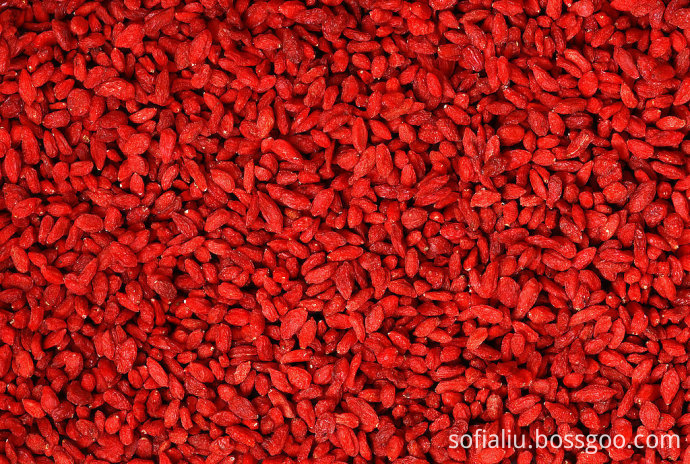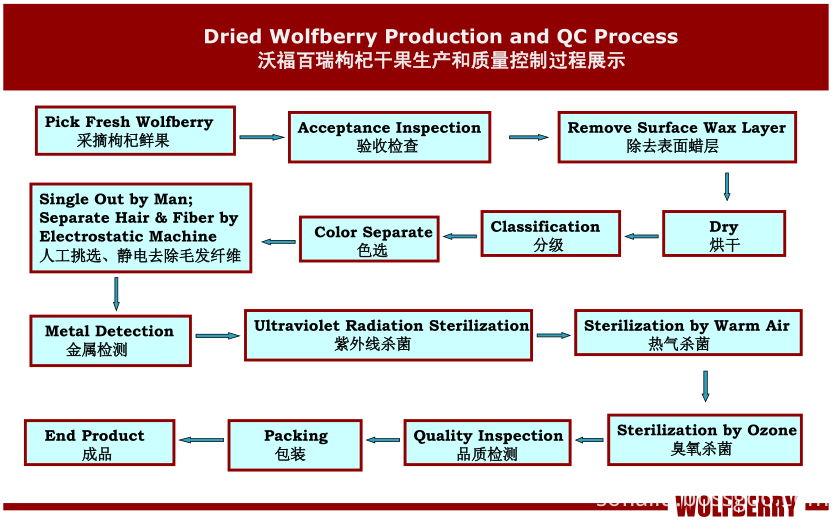Cotton Bolling Period Prevents Premature Decays and Promotes High-yield Measures
1, combined with adequate water irrigation. During the opening period, the cotton field is fully enclosed and there is less soil moisture loss. However, due to the enrichment and expansion of the pre-fume peach and the unfolded peach, the moisture requirement is extremely sensitive. The appropriate moisture is conducive to more bells and bells. In case of lack of water and lack of fertilizer, it is easy to cause the premature decline of cotton plants, the upper young fall off, Cheng Ling expansion is obstructed. If there is no precipitation for a long time, the soil moisture in the cotton field should be reduced to 60 to 55% of the field water capacity. Watering should be carried out in time. The watering should be done in a small ditch or in alternate trench furrows, and the water should not be flooded to prevent near-ground space. Humidity is too high, oxygen supply is insufficient, and rotten bells occur. Pay attention not to watering too late so as to avoid greediness and lateness. In the event of excessive rainfall, resulting in water accumulation in the field, measures should be actively taken to remove water and moisture.
2, look at the appearance of reasonable nutrition. When cotton enters the boll opening stage, generally the plots do not need to be topdressed, but the fertility is too poor and the amount of fertilizer in the early stage is obviously insufficient. When the plants show symptoms of lack of fertilizer, they may use 5-6 kilograms of urea in the initial stage of the boll opening (acupoint application) or In the early stage of boll opening, spraying 1% urea solution 50-75 kilograms every 7-10 days, spraying 2-3 times, quickly replenishing nutrients, enhancing cell viability, extending leaf functional period, increasing photosynthetic capacity, and increasing boll weight. . General cotton fields should start from the opening stage, spray 0.2-0.3% of potassium dihydrogen phosphate solution once every 10 days, and spray more than two times, to enhance the accumulation and operation of photosynthetic products, and promote the smoothing of the bell and spit. Foliar spray fertilizer should be carried out after 4 pm on sunny days or on a cloudy day to prevent the water from evaporating too quickly. The fertilizer will burn the leaves and produce fertilizer damage.
3, pruning old leaves, reduce nutrient depletion. After the beginning of autumn, the buds and white flowers that bloom after the bloom are limited by the accumulated temperature. They cannot normally ring the bells, and these invalid buds, flowers and leggy branches, axillary buds, and empty branches should be promptly removed, and the excess old leaves of the main stem should be destroyed. Late cotton fields with severely closed vegetation and late-maturing glutinous rice can save some of the redundant old leaves under the premise of retaining 3 to 5 pieces of cotton leaves for each boll to reduce the ineffective consumption of nutrients, enhance the ventilation and light transmission of the cotton fields, and reduce the humidity. Reduce the damage of four generations of cotton bollworm, promote early maturing, and ensure that cotton bolls are normally boiled.
4. Pest control leaf protection bell. During the cotton boll opening period, the resistance to insects of the insect-resistant cotton is reduced, and it is vulnerable to damage by bollworms and other pests, resulting in shedding of young bells and lowering the grade of cotton. To pay close attention to observation, to grasp the insects at any time. The occurrence of pests is light, and there are many natural enemies in cotton fields. Generally, it is not necessary to prevent and control drugs and try to exert the control of natural enemies. If heavier occurs, use 50% of phoxim EC 1500 times, 90% trichlorfon 1000 times or BT EC 300 times solution immediately. Use as little or no powder pesticide as possible to protect the leaves and extend the functional period.
5, push the plant and ridge, increase ventilation and light. During the boll opening period, the cotton fields are generally closed, and the shade is severe. The light and ventilation in the middle and lower parts are bad, and it is easy to cause rotten bells. The two rows of cotton plants should be pushed to the left and right by hand during the period when the batting is in a prosperous period. Then, every 10 days, the plants were pushed in the opposite direction to increase the ventilation and light transmission between the rows, which was suitable for spreading water after the rain or after watering, maintaining the vitality of the root system, preventing premature decay of plants, and promoting the maturity of cotton bolls.
6, urged to promote Boost. Late-maturing or high-maturing cotton fields can not normally ripen and smoothly boil before frost and spray ethephon, which can accelerate the organic nutrients on cotton leaves and shells to quickly run to cotton fibers and seeds. Cotton bolls can be boiled in about ten days. Former flowers can be increased by 20 to 30% to increase production and quality. The use of ethephon to ripen in proper amount and timely spraying will reduce the quality and yield of cotton, and the effect of ripening by spraying too late will be poor. Generally in early October, when the maximum daily temperature is above 20°C on the day of selection, the majority of cotton ages will be more than 45 days, with 40% ethephon 150 ml to 200 ml, about 50 kg of water, and cotton bolls sprayed. The fog should be fine and the liquid distribution should be uniform. The focus should be on the upper late autumn peach. When the spraying time is early, the temperature is high, and the cotton plant is weak, the concentration can be appropriately lower; when the spraying time is late and the temperature is low, the concentration should be increased appropriately. If there are too many apples in autumn and there is a big difference in age, it is necessary to spray them in layers, first spray the bolls with a longer age in the middle, and at intervals, the upper boll age will increase, and when the temperature is relatively favorable, the bolls will be sprayed again, which is beneficial to Improve production and quality. No ripening agent can be applied to the seed breeding field. If there is continuous rain during the boll opening period, the cotton field will have a rotten bell. In the rainy gap, the bolls with a bell period of more than 40 days will be removed in advance, sprayed with 0.5%-1% concentration of ethephon solution or soaked and dried, and the boll can be normally opened and reduced. loss. In the dense cotton fields, the spades in the lower part of the cotton plants should be picked in time, and after spraying, the concentration of 1% ethephon is sprayed and dried, which can make it turn out smoothly and obtain better batting.
7, pay close attention to harvest, ensure quality. After the boll bolls, it is not harvested for a long time. When exposed to sunlight or rain, the fibers will oxidize and become brittle and discolor, and the quality will be degraded. General cotton boll bolling 5-7 days after harvesting, harvesting to be done: "five points", that is, the different species are separated, leaving the separation of cotton and cotton, after the frost floe and frost after flocculation, good floes and Xinjiang Fractions were collected, and normal matured and stripped green peaches were harvested. "Four nets", that is to say, the cotton wool on the cotton plant is netted, the pickaxe in the shell is removed, the cotton wool on the ground is picked up, and the debris on the cotton wool is removed to the net; "two does not receive", that is, under normal circumstances The cotton that is not fully boiled is not to be hurriedly received, and the dew on the batting is not received temporarily. This will improve the quality of cotton and ensure a bumper harvest.
Dried goji berries are nutritionally rich, containing beta-carotene, vitamins C, B1, B2 and other vitamins, minerals, antioxidants, and amino acids. Dried Goji berries have many health advantages, some of which include the prevention of eye disorders,regulating gastrointestinal function, warding off cancer and contributing to longevity.

Wolfberry Company is the only Goji manufacturing company direct selling to USA in Ningxia Province. Now we have seven kinds of products, including Goji beverage, Concentrated Goji Juice, Goji seeds oil, freeze-dry Goji Powder, preserved Goji Berry , Goji polysaccharides, fresh Goji Juice drink and organic Dried Goji Berry, with more than 50 products specifications. We have the Goji further processing production capacity more than 20 thousand tons every year. Our products are mainly exported to more than 20 countries and districts, such as USA, Japan, EU, Australia, Southeast Asia, Hong Kong, Macao, and Taiwan.
As the technology leader enterprise of Goji industry in Ningxia Province, Wolfberry Company always stand in the forward position of Goji research. It is the innovation and technology that make Wolfberry Company steady progress. Our company possesses 7 items of invention patents, had established 7 modern Goji-deep-processing production lines. Wolfberry Company achieved seven top-class items in Goji further processing industry, and exported Ningxia Goji to the world wide.

Please feel free to leave us message.
Any inquiry would be replied within 2 hours on working days!
Save
Dried Goji Berry
Sun Dried Goji Berry,Dried Conventional Goji Berry,Low Moisture Goji Berry,Dried Red Berries
Ningxia Wolfberry Goji Industry Co.,ltd , https://www.nx-wolfberry.com